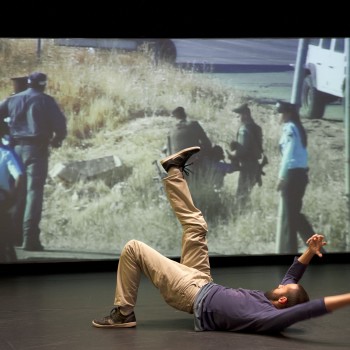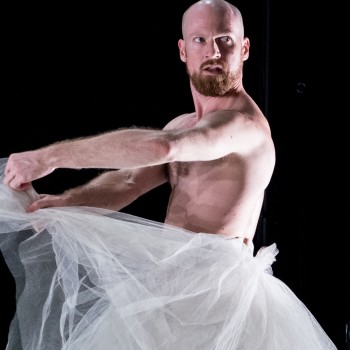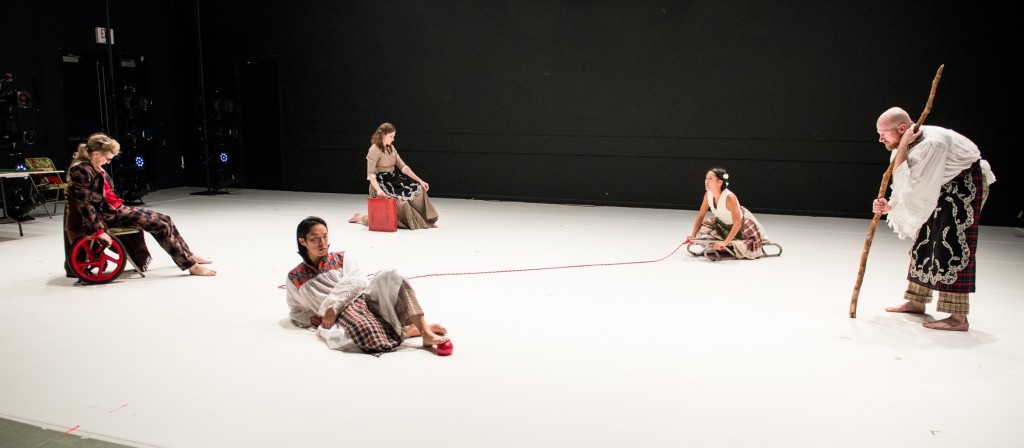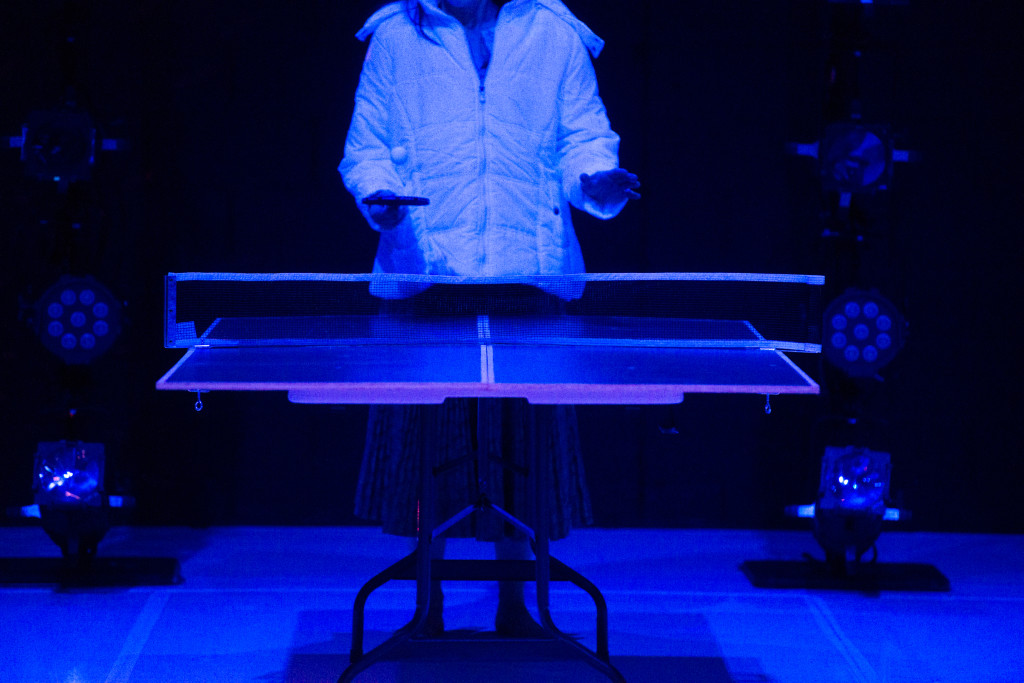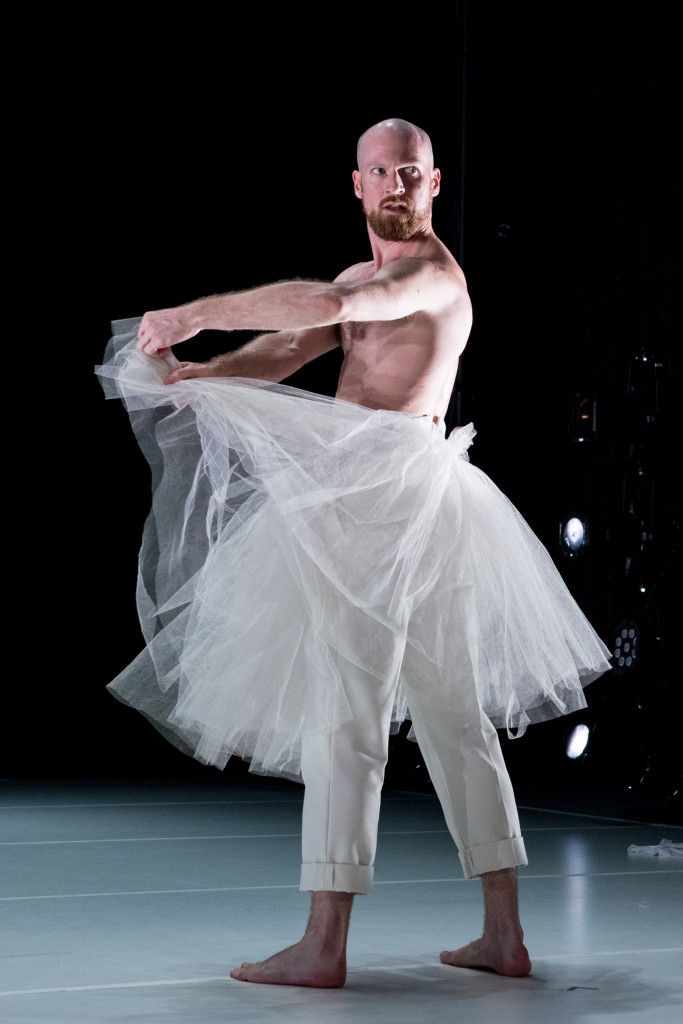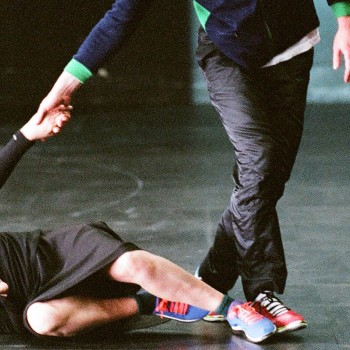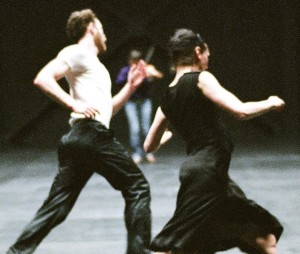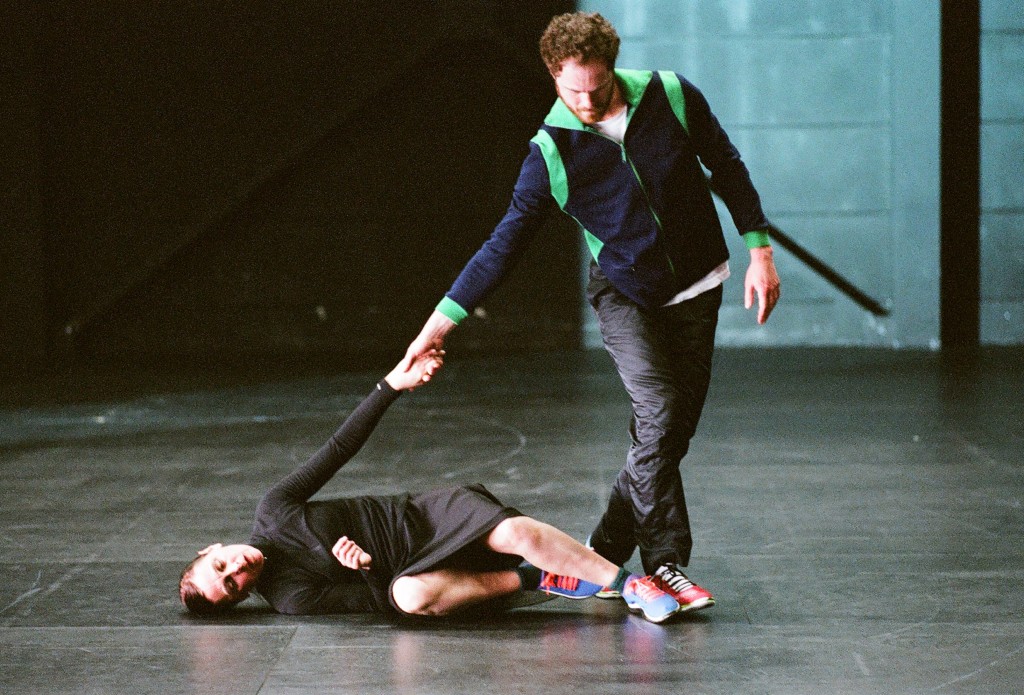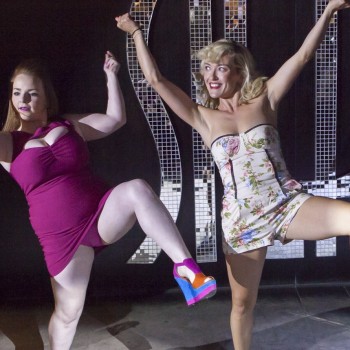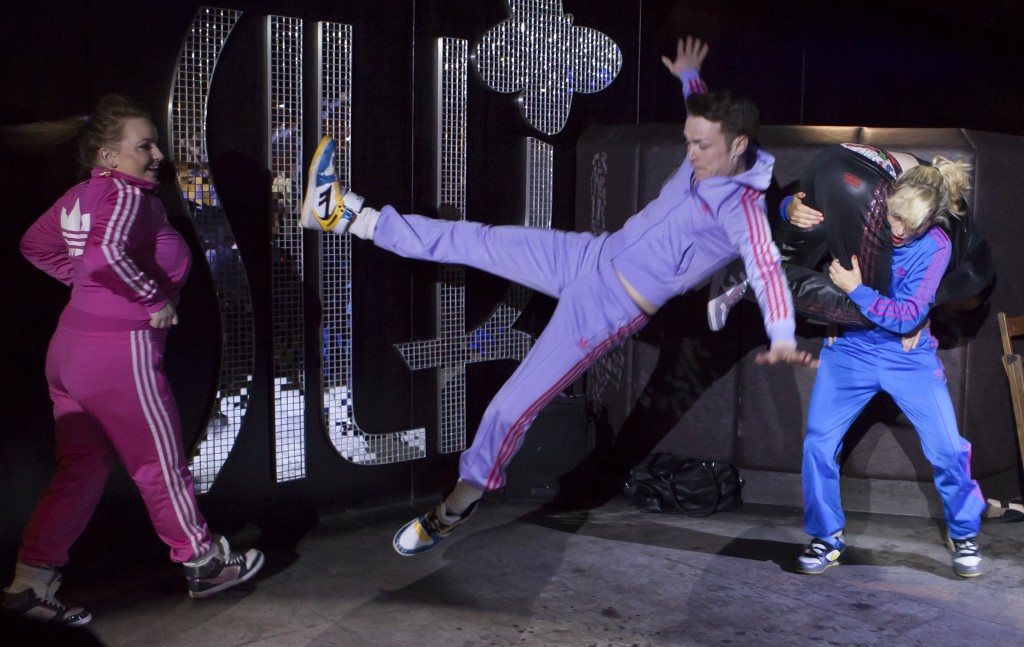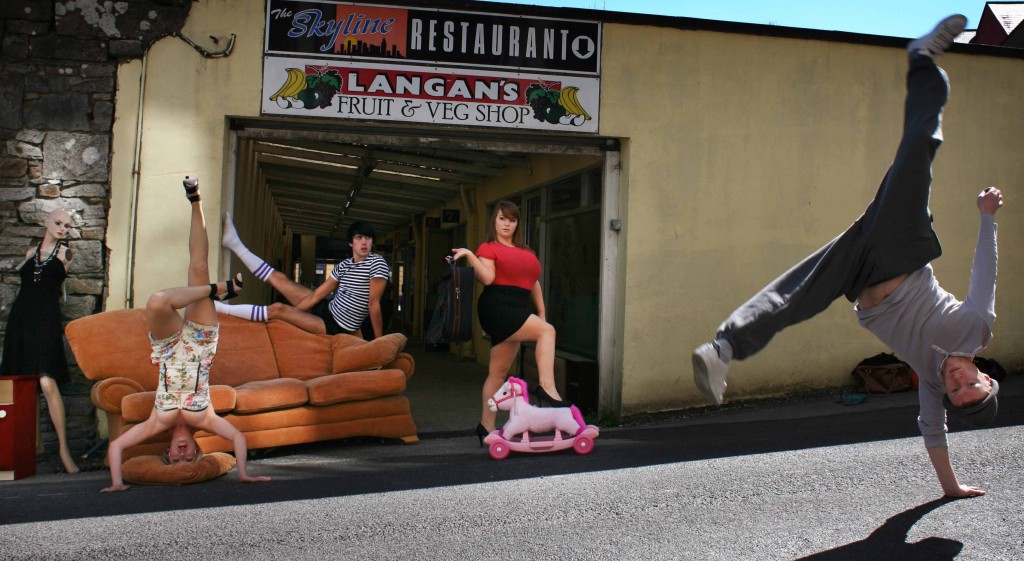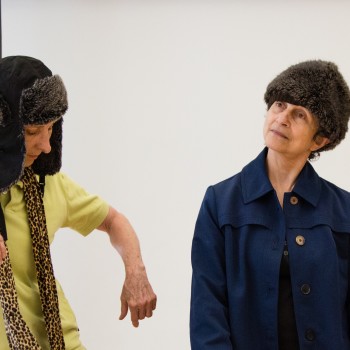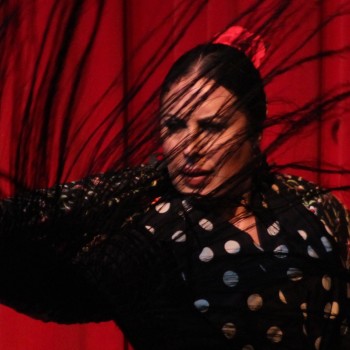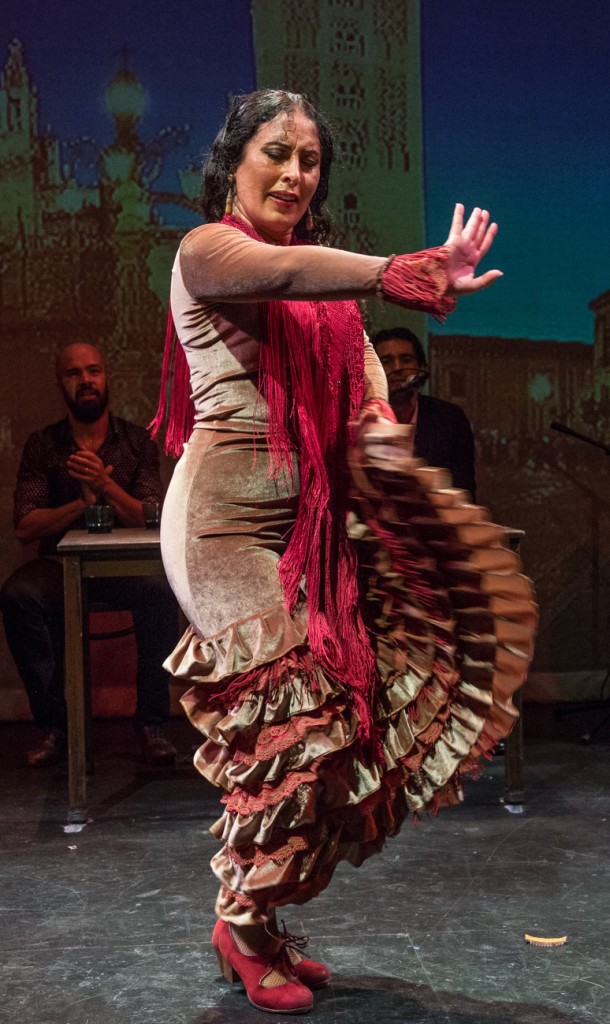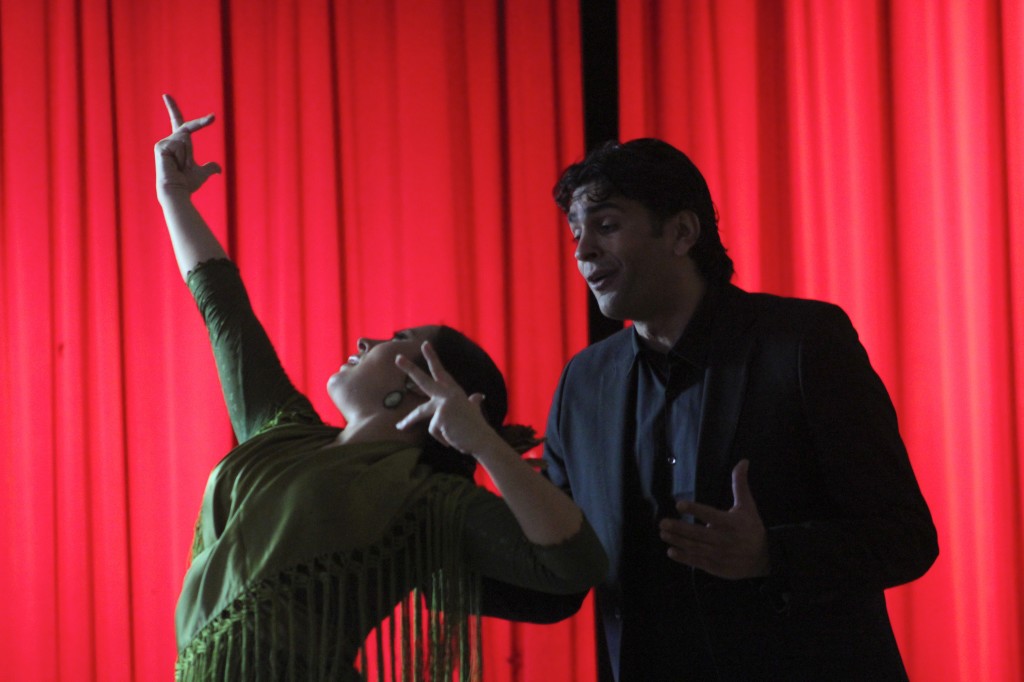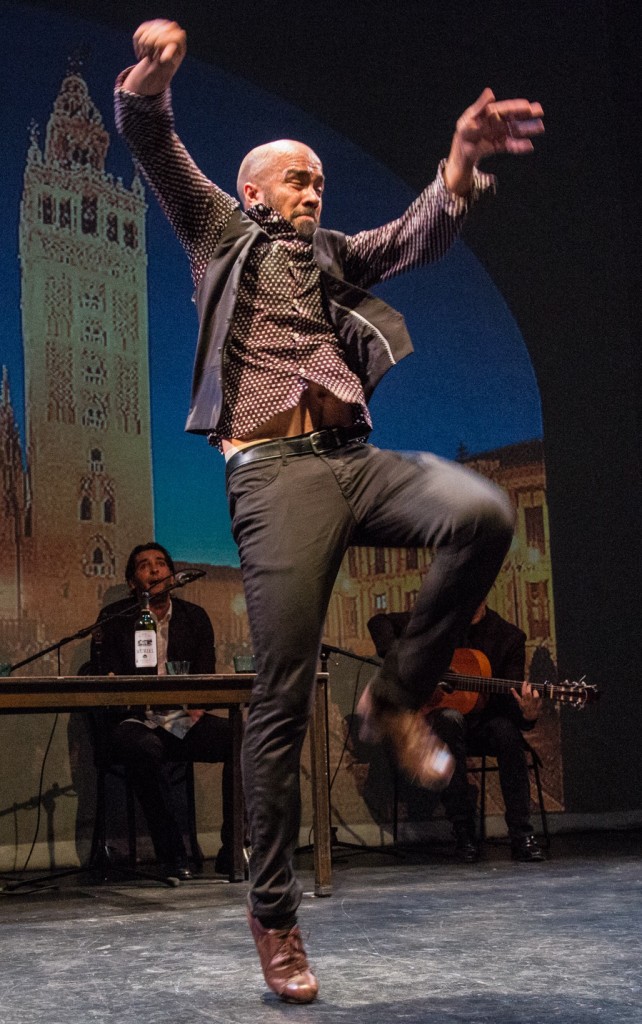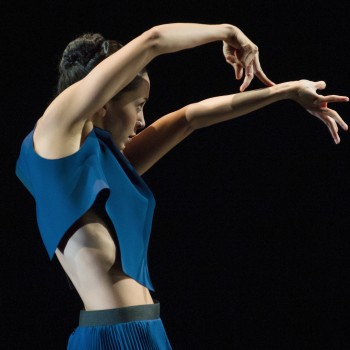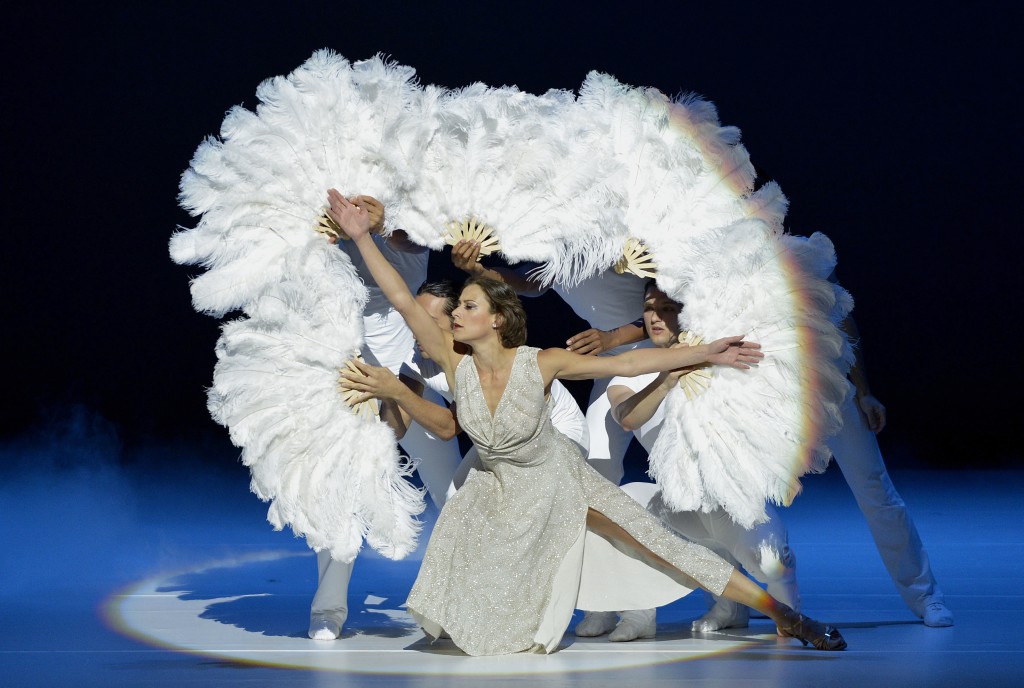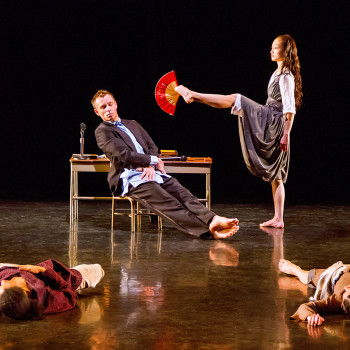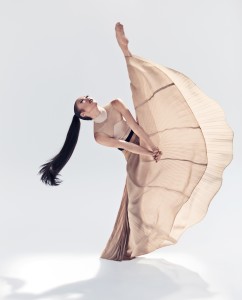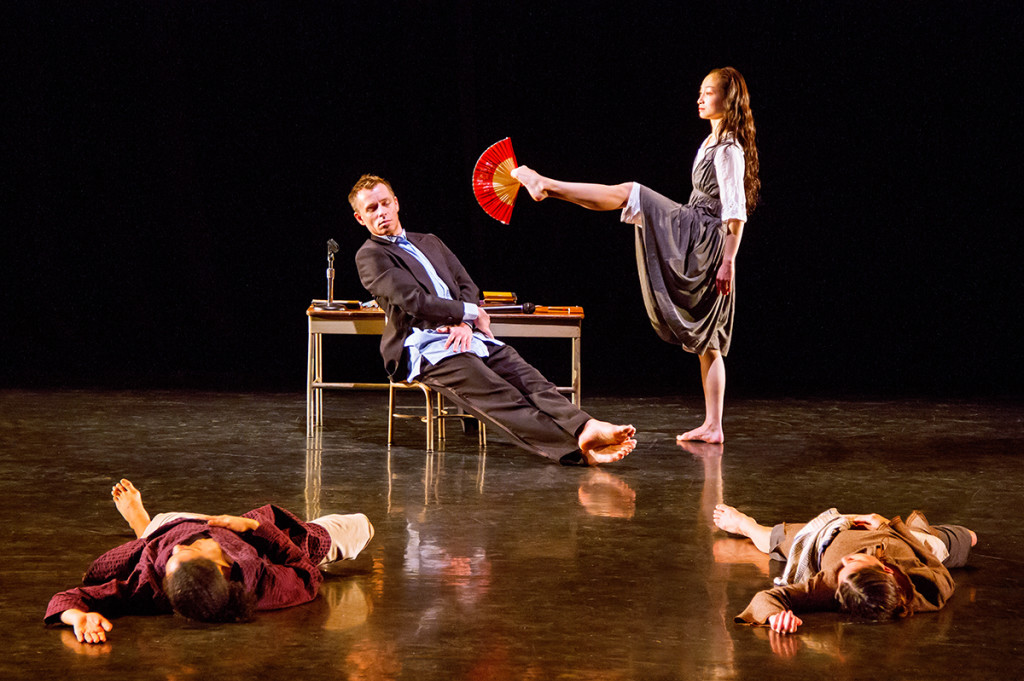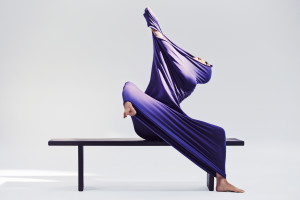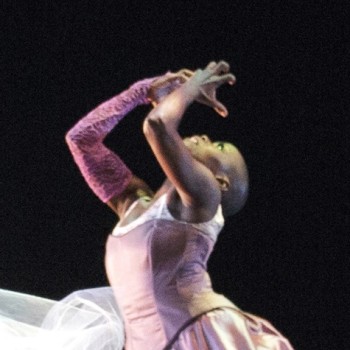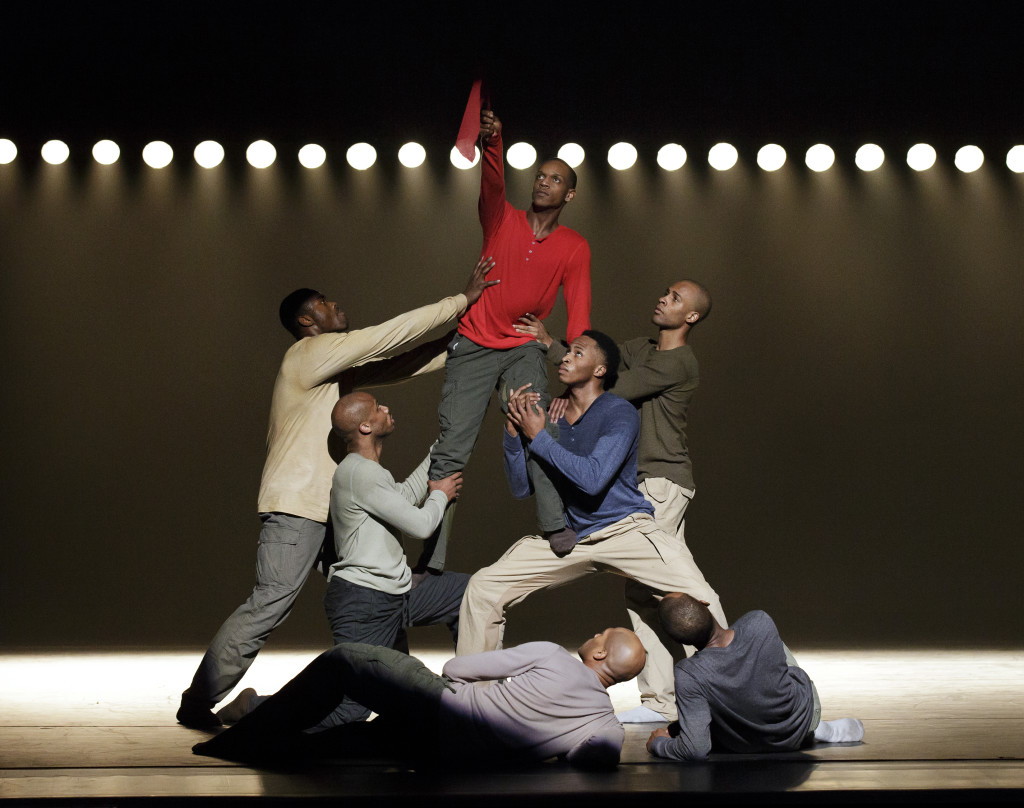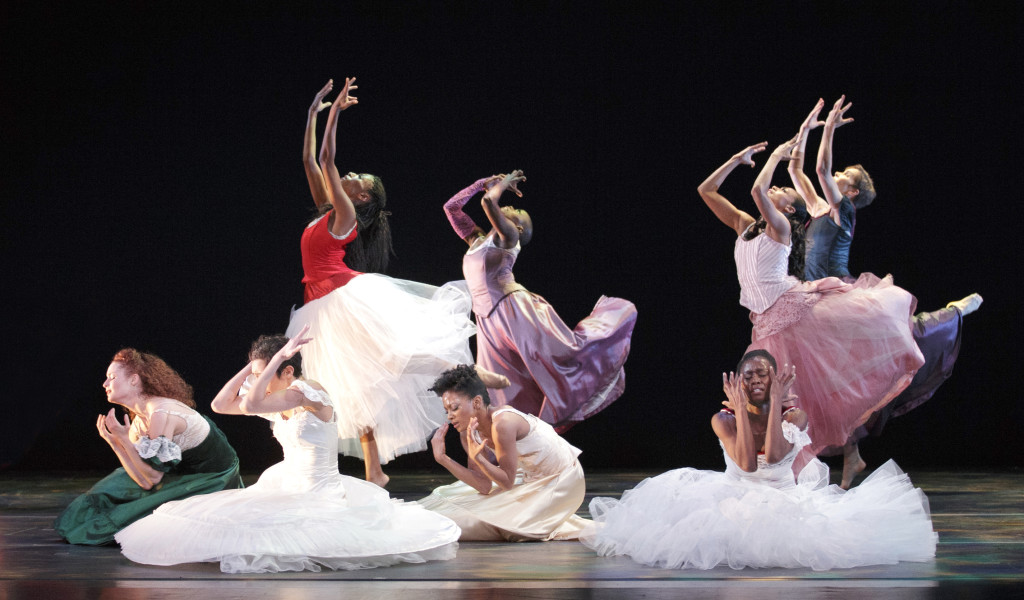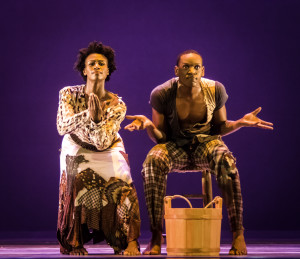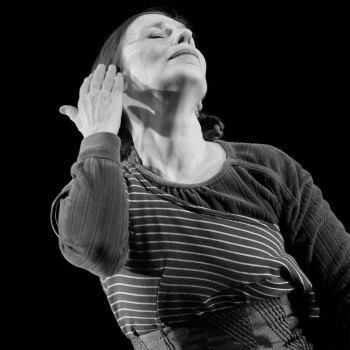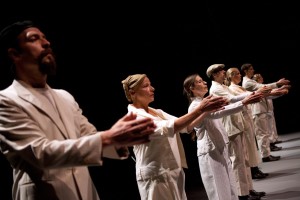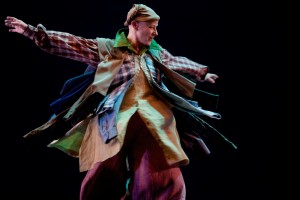Whatever ideas we each have of the Middle East and North Africa, New York Live Arts is about to explode those notions. Starting this week, the Live Ideas Festival expands our knowledge with a truly global look at the arts in the Middle East and North Africa.
Dancers, filmmakers, musicians, literary and visual artists from Yemen, Egypt, Syria, Israel, Palestine, Morocco, and Tunisia descend on NY Live Arts on 19th Street from February 8 to April 3. The full title of the festival is “MENA/Future – Cultural Transformations in the Middle East and North Africa Region.” The full spectrum includes 45 performances, installations, gallery exhibits, master classes, and panel discussions.
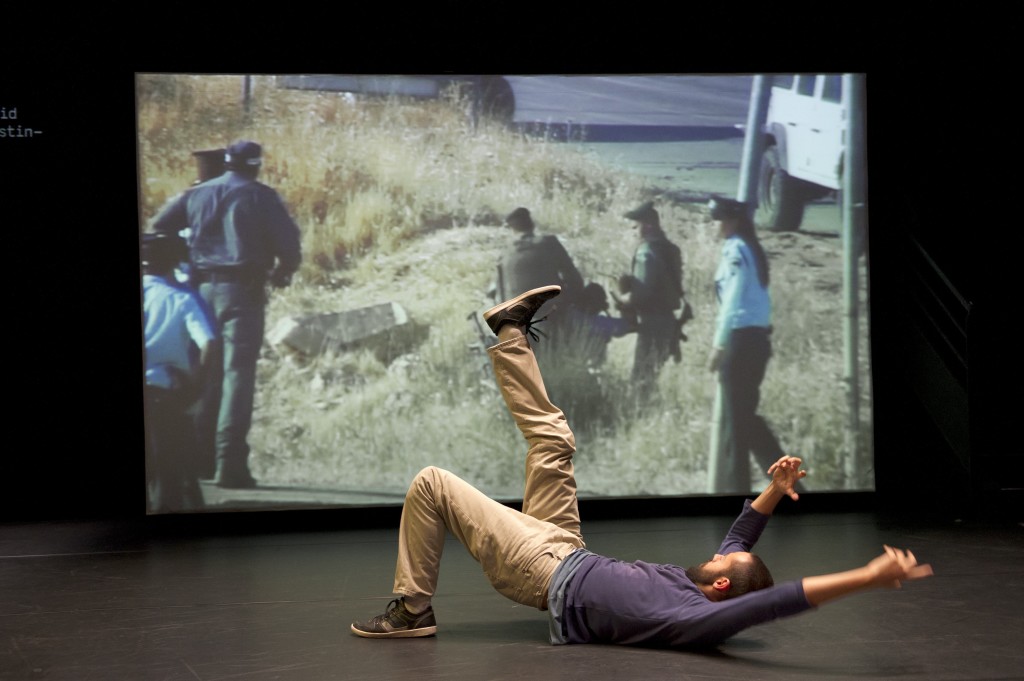
Arkadi Zaides in his solo “Archive,” photo by Christopher Reynaud de Lage
The first dance entry is Archive by Arkadi Zaides, a Russian-born dance artist based in Tel Aviv. His work Quiet bowled me over when I saw it in Israel a few years ago. He engaged two Israeli and two Arab men in a raw, suspenseful, disturbing quartet that grappled with the hostility between them. I later interviewed Zaides when I wrote this post asking the question, Can dance address the Israel/Palestine Divide? Not someone to evade reality, he said, “Violence is perpetuating. Power is blinding. I cannot disconnect from more global questions.”
In Archive, Zaides dances in front of archived footage filmed by volunteers from the Israeli Center for Human Rights in the Occupied Territories. In doing so, Zaides asks: “What is the potential for violence embedded in each individual body?” (Along with that, I would say Hey, My Fellow Americans, we should get a glimpse of the kind of violence our government is supporting in Occupied Palestine.)
Another must-see work that is 2065 BC by Adham Hafez, who co-curated the festival with NY Live Arts programming director Tommy Kriegsmann. Based in Cairo, Hafez is an interdisciplinary live wire who crosses borders as well as genres. According to the press release, “The production aims to present the audience with a complex set of questions, where the ethics of occupation are dealt with in a manner that is dark, comic and politically ignited.”
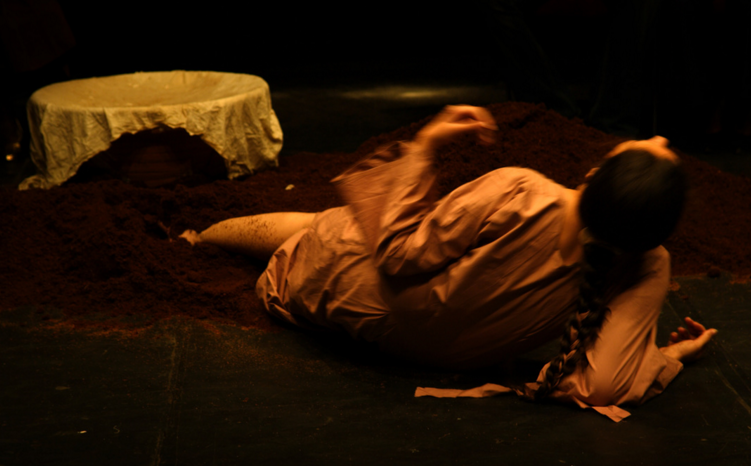
A work by Adham Hafez
None of this will be easy. We may not leave the theater with smiles or deep sighs of satisfaction. But it’s an opportunity to educate ourselves about a part of the world that is way more complex than we might think. Proceed at your own risk. I believe this Live Arts Festival is necessary viewing for us as citizens of the world.
For more info and tickets, click here.
In NYC what to see Leave a comment